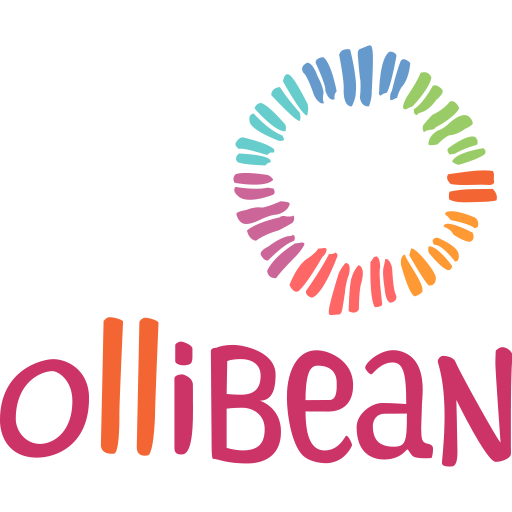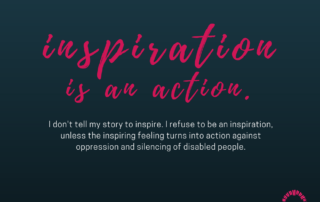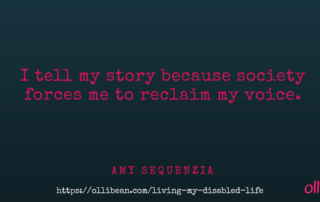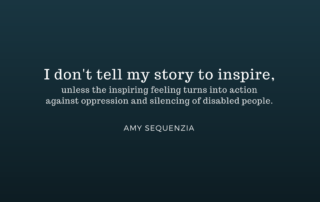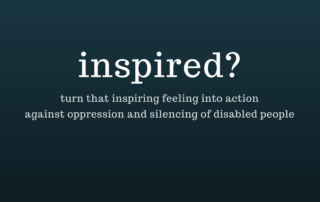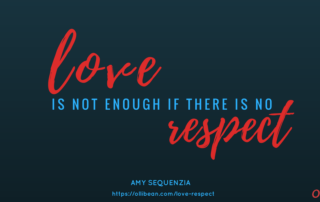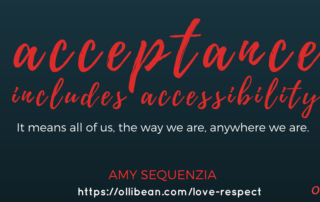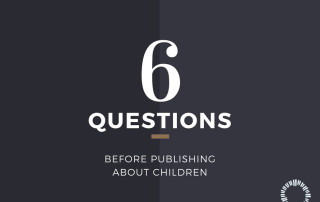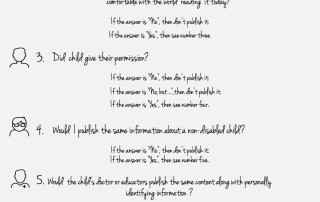Living My Disabled Life: My Story Is Mine to Tell Part 3
How I Tell My Story by Amy Sequenzia. Living my disabled life: My Story Is Mine to Tell Part 3. (Part 1 Autism: My Story Is Mine to Tell and Part 2 Love, Respect and “Autism Parents” ) By living my life. Unapologetically. Fiercely. With pride. I am me. I am disabled and I am a perfect being, despite the bias and oppression imposed on me. I am a perfect being despite my human flaws. My story is mine. The life I live is the one I have. I like my life. I don’t like what non-disabled people believe my life to
Love, Respect and “Autism Parents”: My Story Is Mine to Tell Part 2
Love, Respect and "Autism Parents" : My Story is Mine to Tell - Part 2 by Amy Sequenzia. This is the second post on how Autistic voices are dismissed and erased when the world talks about autism, and about what being Autistic means. The first post was about how the "experts", the media, and so-called advocacy organizations tell our stories. This post is about how parents tell our stories. It is a little more complex, because while it is true that parents usually know their children better than other people, and while we all hope that every parent loves their
Six Questions Before Publishing About Children
Blogging About Children with Disabilities Protecting a child's privacy when parents write about their family's experience . How much information is too much when blogging about children with disabilities? The discussion revolving around #CrippingtheMighty, the hashtag created by Disability Visibility Project's founder, Alice Wong, is so important when considering writing or blogging about children with disabilities. It's imperative to listen to disabled people about their lived experience and the very damaging affects of content that objectifies and marginalizes disabled people like Inspiration Porn. At Ollibean, we believe in full inclusion and acceptance of all people and stories that objectify disabled people can’t exist in the same
